
Ethnobiology is the examine of the interconnectedness of biota (all of the organisms that stay in a selected habitat), environments and peoples. It encompasses each ethnobotany, the connection between people and vegetation; and ethnozoology, the kinship and lore between people and different animals.
Conservation is rising up. The sector is not nearly defend an animal group’s numbers and making efforts to maintain it from going extinct by figuring out key habitats and specializing in pure useful resource administration. Ethnobiology has entered the conservation house in a giant manner.
An interdisciplinary discipline of examine that explores the advanced relationships between human cultures and the pure surroundings, ethnobiology brings group, tradition and ecology collectively. It encompasses a broad vary of subjects—from the standard information of Indigenous communities to the conservation of biodiversity—and connects scientific analysis with real-world contexts. It’s a perspective that views people not as separate from nature, however as a part of ecological techniques.
Ethnobiologists examine not solely the biodiversity of an space but in addition the relationship that communities have with surrounding species, offering a greater understanding of native dynamics and areas needing particular consideration for conservation. In any case, nobody is aware of a spot higher than those that have lived there for generations. This deep familiarity permits for early detection of adjustments or environmental shifts. Moreover, creating a collaborative challenge with residents generates higher engagement, as folks acknowledge themselves as lively contributors. Collective participation is crucial for efficient conservation.
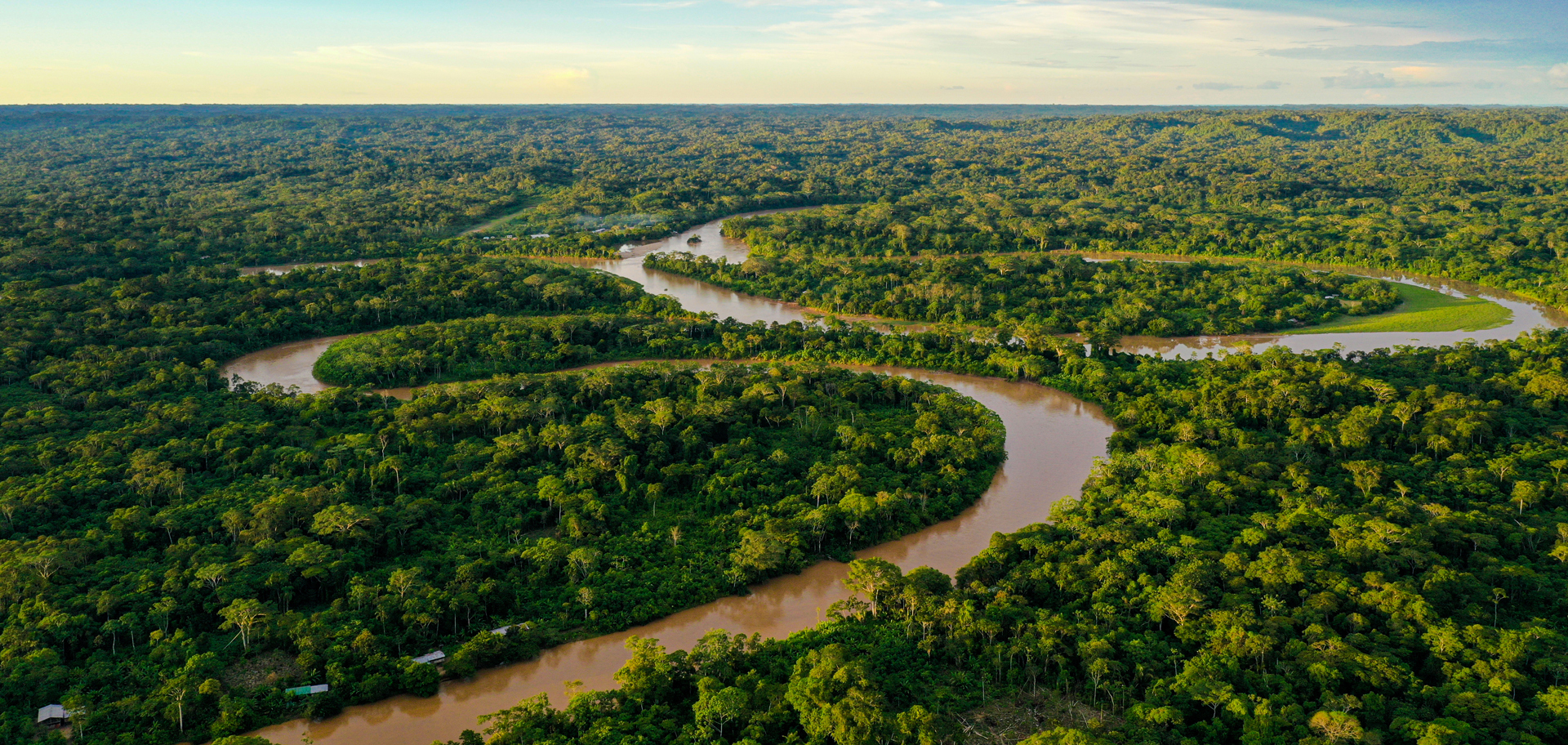
Some Indigenous communities have related the character and form of the Amazon River with the anaconda due to how the river curves. In these communities’ cosmology and legendary tales, anacondas are liable for having created celestial phenomena, humankind and the world.
An ethnobiological examine: the anaconda
The connection between people and snakes has been permeated by legends and myths since biblical occasions. The feelings surrounding snakes differ significantly by area, making them—like wolves—among the many creatures that elicit essentially the most ambiguous and contrasting emotions in folks. Nonetheless, along with the concern of snakes—which might have a genetic bias—in lots of elements of the world, snakes are sometimes related to evil and are linked to scary tales. Such elements contribute to the creation of boundaries to our fostering a optimistic relationship with these reptiles.
Within the Amazon, one of many biggest myths is in regards to the “Cobra Grande,” the Nice Snake, an enormous reptile that’s mentioned to inhabit the Amazon River and sleep beneath the bottom. In response to the varzeiros (riverine individuals who stay in periodically flooded areas often known as varzea) of the Decrease Amazon River in Brazil, the Nice Snake is an anaconda that has grown too massive; its actions can shake the river’s waters, and its eyes appear like hearth within the darkness of evening. Folks say anacondas can develop so huge right here that they will swallow massive animals—together with cattle or people—with out issue.
Brazil has a excessive range of serpents, with 463 catalogued species, 23 of that are endemic. Legends about snakes in Brazil have been reported in comparable methods for greater than a century, reflecting a deeply rooted concern and powerful emotional factor in how data is shared. Moreover, a lack of information about most Brazilian snakes exacerbates their slaughter, as folks are inclined to concern the unknown. The first response when folks really feel threatened by snakes is commonly to kill them as a precautionary act of self-defense. This problem is especially important in terms of distinguishing between venomous and nonvenomous snakes on account of widespread misconceptions.
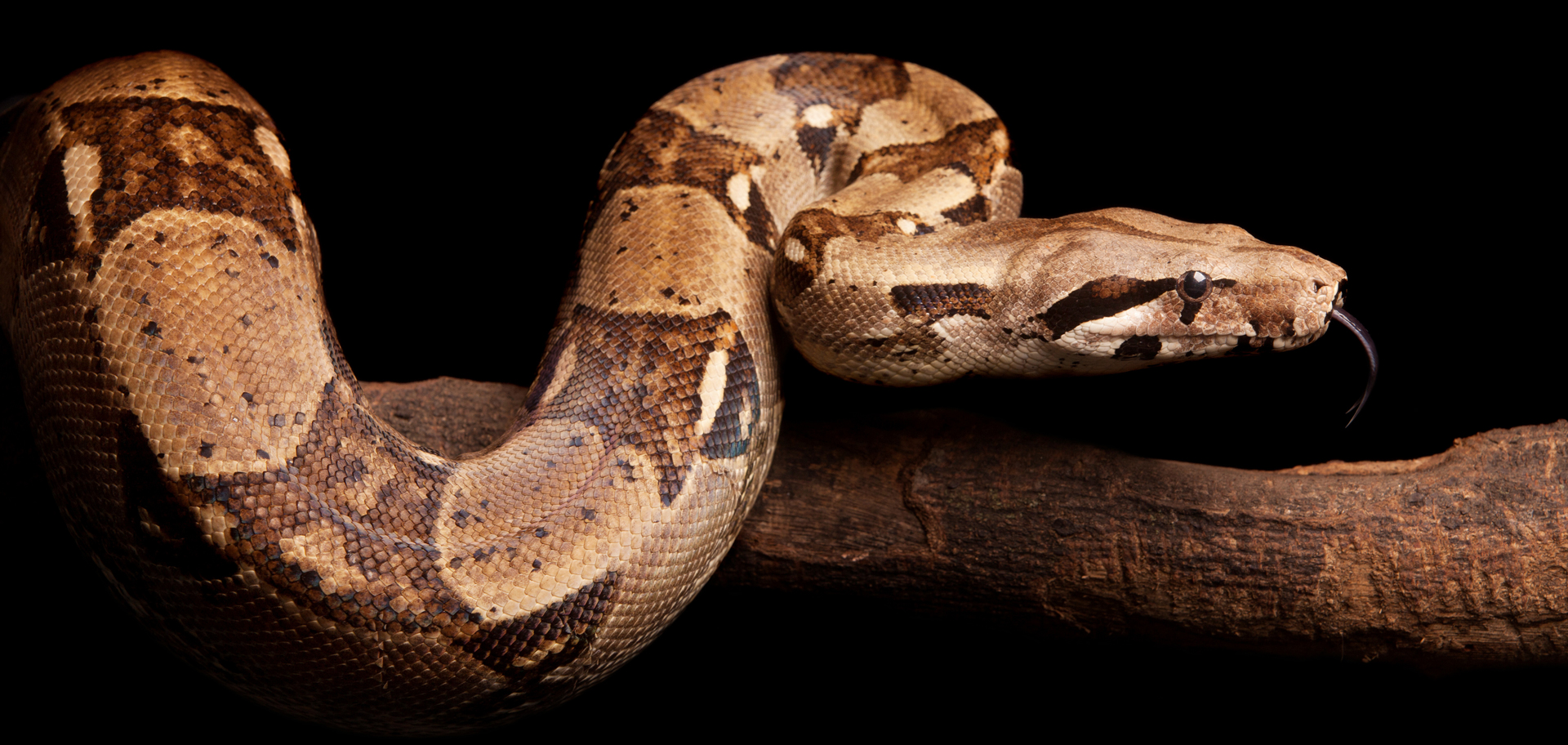
Brazil is dwelling to a various array of snake species, together with vipers just like the golden lancehead, jararaca and the South American rattlesnake. Nonvenomous snakes, just like the boa constrictor pictured above, are additionally current.
Nonetheless, few research have investigated the up to date relationship between Brazilians and these animals. So, lately, ethnobiologists from Brazil’s Instituto de Desenvolvimento Sustentavel Mamiraua and the Heart for Superior Amazonian Research on the Federal College of Para analyzed totally different narratives from native communities, digging out some important factors behind the conflicts between residents and their anaconda neighbors, aiming to know the principle causes of killings and to discover potential arguments to stop them.
The researchers used interviews, totaling roughly 43 hours and 21 minutes of conversations with folks of various ages, genders and occupations. Primarily based on the principle topics mentioned within the interviews, the scientists created 18 main subjects in regards to the anaconda that permeated many of the narratives: accident circumstances, anaconda traits, rooster coops, defensive reactions, density variations, ease of encounters, emotional features, encounter circumstances, encounters in 2023, frequency of appearances, the Nice Snake legend, searching circumstances, interviewee exercise, pregnant anacondas, reactions to encounters, venom, makes use of and years of residence. For higher knowledge utilization, they divided every subject into subtopics (starting from 4 to 14 divisions every), inside which they categorized the collected data.
The findings, printed within the journal science Frontiers in June 2025, reveal that native folks possess superior organic and ecological information in regards to the anaconda, significantly its feeding and reproductive behaviors. Nonetheless, their perceptions of those snakes stay predominantly adverse. The scientists recognized a cultural facet within the act of killing anacondas, as males typically expressed the perceived necessity to take action. Most notably, the science staff noticed that the first set off for these killings was anger on account of financial losses, whereas concern acted as a deterrent to slaughter.
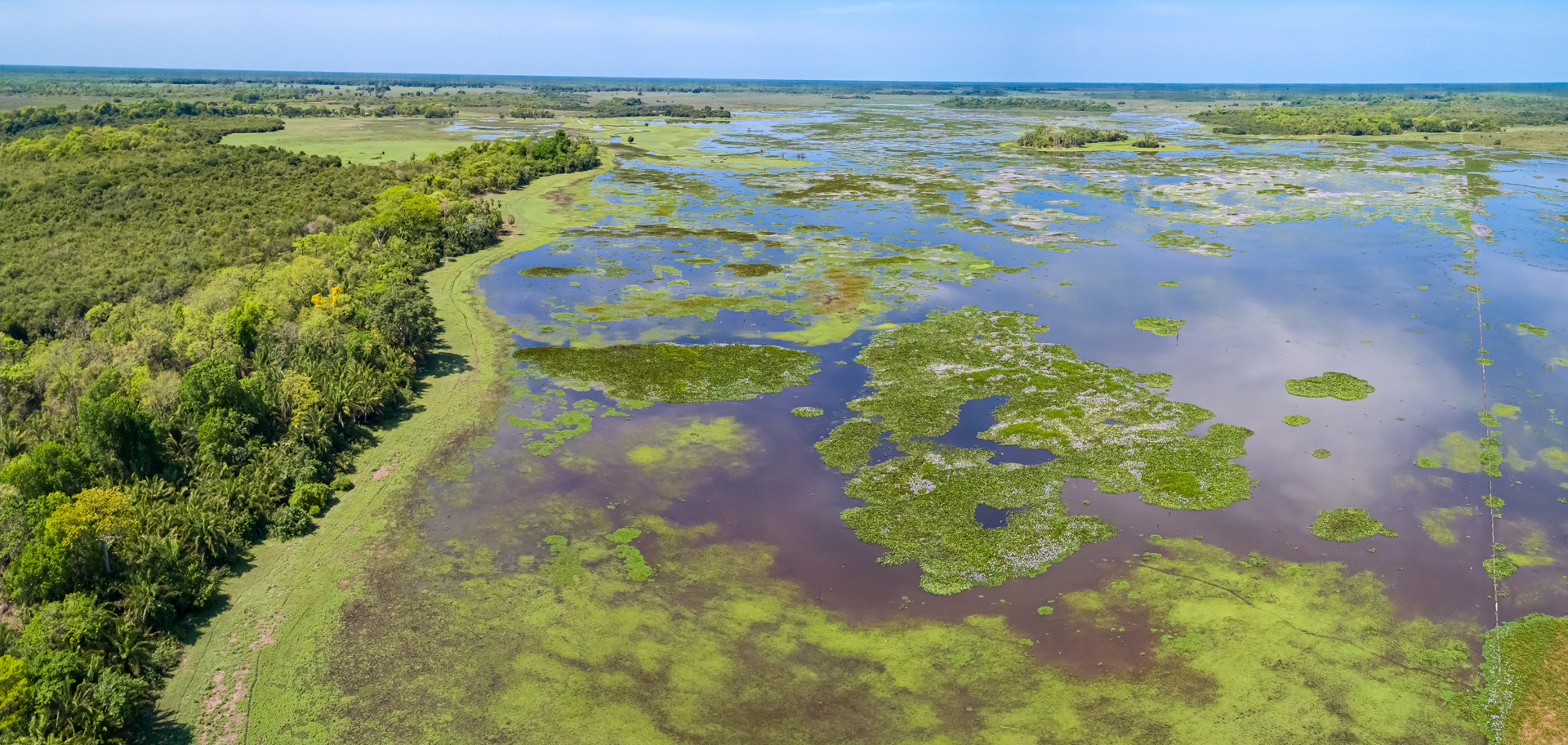
In Brazil, the Amazon River carries huge quantities of sediment, depositing a lot of it in its personal floodplains. This implies floodplains are continually modified by the river, alternating between dry and flood cycles. Contact between anacondas and residents are extra frequent throughout flood intervals.
Worry of the anaconda (recognized in 44.5% of the stories) is expounded to the idea that the snake is a sly and treacherous animal. The interviewees conveyed that the anaconda is a silent creature that arrives with out making any noise, inflicting them to really feel uneasy and at all times vigilant throughout fishing (in 22.7% of the stories, “precaution/respect” feelings have been talked about), together with the concern of getting their canoes flooded in case of an assault. Some dwellers even reported being extra afraid of an anaconda than of a crocodile as a result of the latter warns when it’s about to assault. Different feelings associated to the anaconda embrace anger (8.2%), significantly when the animal is close to chickens; aversion (4.5%); and indifference or neutrality (20%, disliking anacondas or stating that they really feel neither anger nor concern).
When speaking about anacondas with the varzeiros, the scientists discovered that one factor at all times got here up: chickens. “Hen is her [the anaconda’s] favourite dish. If one clucks, she comes,” mentioned one resident. This sort of comment helps to clarify why the battle is commonly framed in financial phrases, emphasizing the monetary impression of shedding home animals: “The largest loss is that they hold taking chicks and chickens…” or “You increase the rooster—you’ll be able to’t simply let it’s eaten without cost, proper?”
For the varzeiros, it’s a lack of funding; particularly since corn, which is used as rooster feed, is pricey. As one individual put it: “We spend time feeding and elevating the birds, after which the snake comes and takes them.” One dweller shared that, in an try to stop one other loss, he killed the anaconda and eliminated the final rooster it had swallowed from its stomach—“it was nonetheless recent,” he mentioned—and used it for his meal, cooking the rooster for lunch so it wouldn’t go to waste.
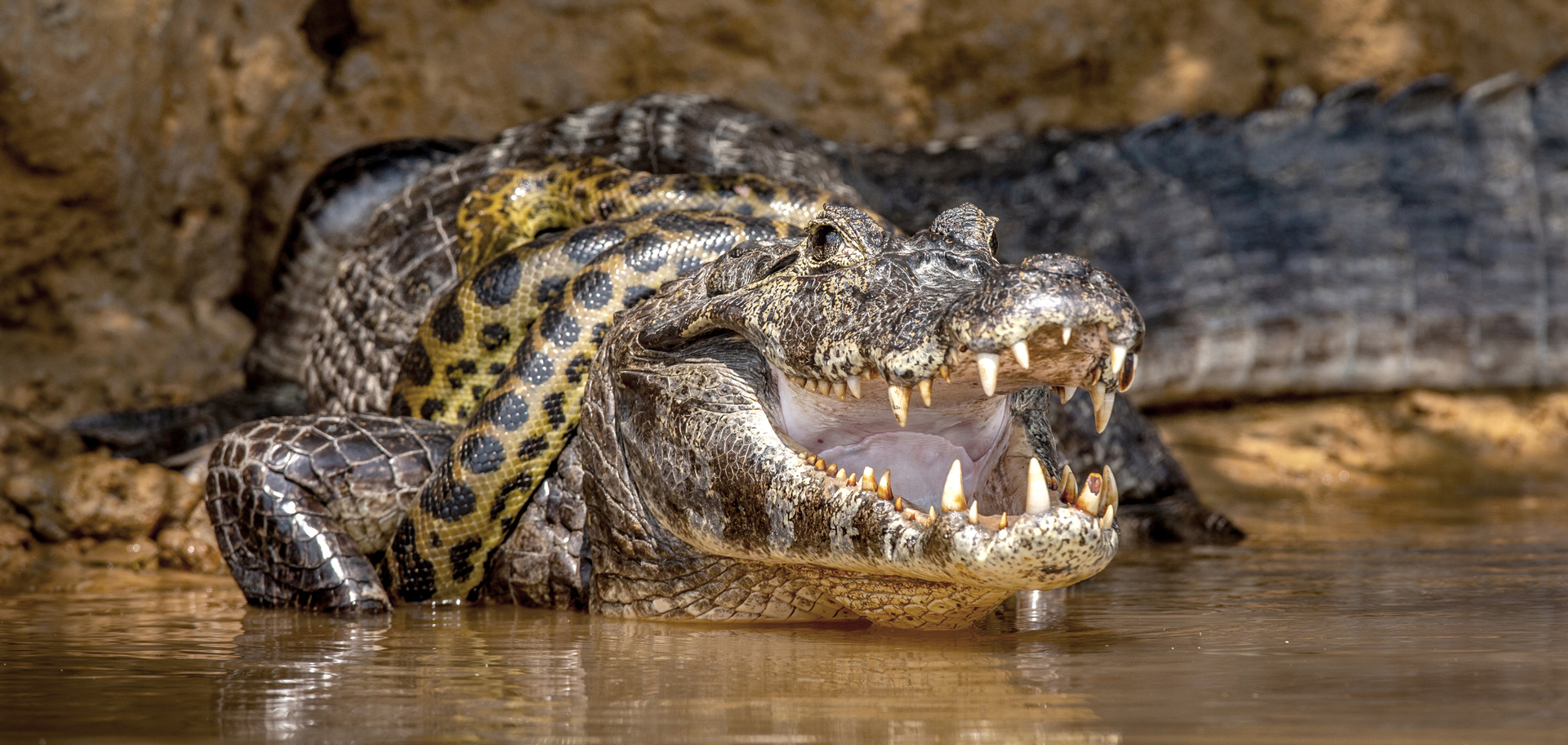
Some Brazilians reported being extra afraid of an anaconda than of a crocodile as a result of the latter warns when it’s about to assault. Anacondas have come to be seen as stealthy thieves.
Some interviewees reported that they needed to rebuild their rooster coops and pigsties as a result of too many anacondas have been getting in. Contributors would level out the place an anaconda had entered and clarify that the animal got here in by way of cracks or gaps however couldn’t get out afterwards as a result of it tufavam—an area time period referring to the snake’s physique swelling after ingesting prey.
The ethnobiologists noticed rooster coops made with mesh or nylon; some that labored and a few that didn’t. Guided by the locals’ insights, they concluded that the perfect resolution to compensate for the gaps between the wood slats is to line the coop with a nice, nylon mesh on the within (to dam smaller animals); and on the surface, place a layer of wire mesh, which protects the inside mesh and prevents the entry of bigger animals.
The researchers counsel {that a} collaborative administration plan and conservation technique for anacondas be developed, with an emphasis on defending the native economic system. Enhancing henhouse buildings and having a technique for the use or commerce of anaconda fats—in some Amazonian communities, inexperienced anaconda fats is historically used to deal with wounds—seem like promising preliminary steps.
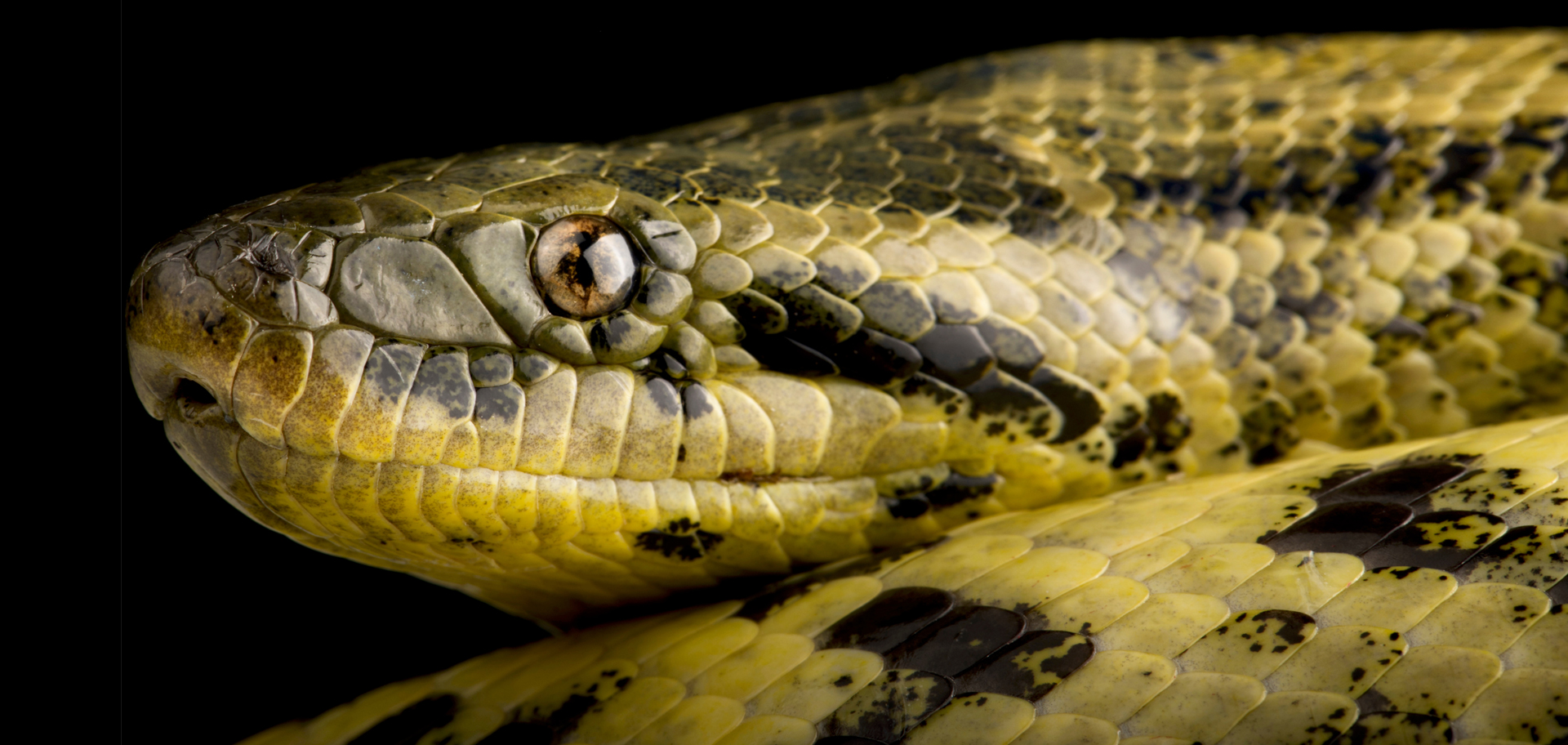
Anacondas are the most important snakes in Brazil, extensively identified by way of legends such because the “Cobra Grande.” They’re nonvenomous, highly effective constrictors that inhabit riparian areas, similar to marshes, riverbanks and swamps. The Pantanal, an enormous wetland in Brazil, is a key habitat for yellow anacondas.
An ethnobiological rationale: a deep dive into the pure world
Though ethnobiology is an outdated science, it’s nonetheless underexplored and infrequently misunderstood. In some fields, there are ongoing debates in regards to the robustness and scientific validity of ethnobiology and associated areas. That is largely as a result of ethnobiological findings don’t at all times solely depend on arduous, statistical knowledge.
Nonetheless, like some other scientific discipline, ethnobiology follows standardized methodologies, and no result’s accepted with out correct grounding. Ethnobiology produces stable and related information—particularly within the context of conservation and sustainable improvement. It presents insights that purely organic approaches would possibly overlook, and it helps construct bridges between science and society.
For instance, the story of the mythic Nice Snake morphs into financial issues over vanishing chickens, revealing how cultural beliefs and sensible wants coexist. By understanding the advanced relationships between human cultures and the pure surroundings, ethnobiologists can inform conservation efforts and promote a deeper understanding of the pure world.
In a time when folks and wildlife interactions are growing globally on account of local weather change, habitat loss and human inhabitants development, conservation must develop and mature.
You would even say it’s time for it to come back of age.
Right here’s to discovering your true locations and pure habitats,
Sweet
